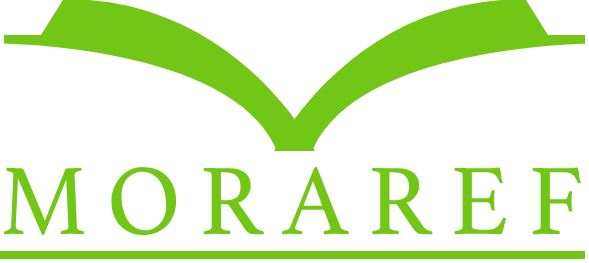DARI PREFERENSI KE POTENSI: KRITIK TERHADAP GAYA BELAJAR VARK DAN TAWARAN MODEL MULTIMODAL-TOLERAN LEARNING DESIGN (MTLD) DALAM PENDIDIKAN AGAMA ISLAM
DOI:
https://doi.org/10.71025/3c8gfm23Abstract
The VARK learning style model has long been used in education to identify students' learning preferences. However, various studies have shown that this model has theoretical and practical weaknesses, including fixed labeling, simplification of learning potential, and a lack of empirical evidence regarding its effectiveness in improving learning outcomes. This research is crucial for evaluating these criticisms from the perspective of Islamic education, which upholds the principles of fitrah (natural disposition), justice, and diversity in the learning process. This study employed a non-empirical, qualitative approach in the form of a critical literature review, analyzing learning style theories, previous research findings, and concepts from Islamic education and learning differentiation. The study resulted in an alternative model called Multimodal-Tolerant Learning Design (MTLD), which integrates three main principles: active multimodality, pedagogical tolerance, and fitrah-based learning. These findings emphasize the importance of inclusive, flexible learning design rooted in Islamic values. Consequently, teachers need to develop learning strategies that stimulate all learning modalities and encourage the holistic growth of students, rather than simply adapting to dominant preferences.
Metrics
References
Abuddin Nata. Pendidikan dalam Perspektif Al-Qur’an. Jakarta: Kencana, 2013.
Barbara A. Spellman. “Literature Reviews as Scientific Narratives.” Perspectives on Psychological Science 7, no. 4 (2012).
Carol A. Tomlinson. The Differentiated Classroom: Responding to the Needs of All Learners. Alexandria, VA: ASCD, 2014.
Daniel T. Willingham. Why Don’t Students Like School?. San Francisco: Jossey-Bass, 2009.
Frank Coffield et al. Should We Be Using Learning Styles? What Research Has to Say to Practice. London: Learning and Skills Research Centre, 2004.
Harold Pashler et al. “Learning Styles: Concepts and Evidence.” Psychological Science in the Public Interest 9, no. 3 (2008).
Howard Gardner. Frames of Mind: The Theory of Multiple Intelligences. New York: Basic Books, 1983.
John Hattie. Visible Learning: A Synthesis of Over 800 Meta-Analyses Relating to Achievement. New York: Routledge, 2009.
`Neil D. Fleming. “VARK: A Guide to Learning Preferences.” Dalam VARK Learn, 2001. https://vark-learn.com/the-vark-modalities/.
Neil D. Fleming dan Colleen Mills. “Not Another Inventory, Rather a Catalyst for Reflection.” To Improve the Academy 11 (1992).
Polly R. Husmann dan Valerie O’Loughlin. “Another Nail in the Coffin for Learning Styles?” Anatomical Sciences Education 11, no. 6 (2018).
Rita Dunn dan Kenneth Dunn. Teaching Students Through Their Individual Learning Styles: A Practical Approach. Reston: Reston Publishing, 1978.
Syaiful Bahri Djamarah. Guru dan Anak Didik dalam Interaksi Edukatif: Suatu Pendekatan Teoretis Psikologis. Jakarta: Rineka Cipta, 2010.
Downloads
Published
Issue
Section
License
Copyright (c) 2025 Sayuti

This work is licensed under a Creative Commons Attribution 4.0 International License.















